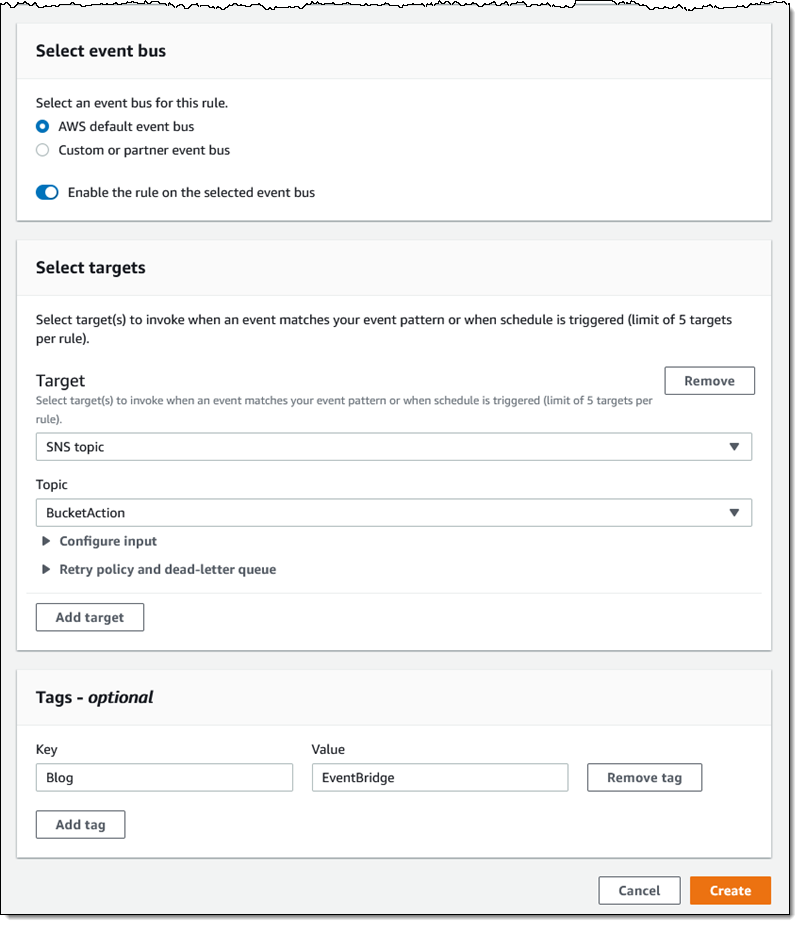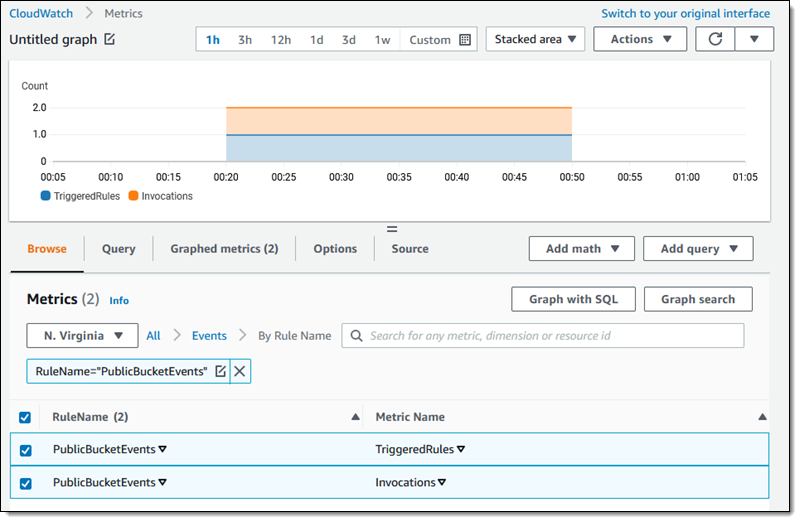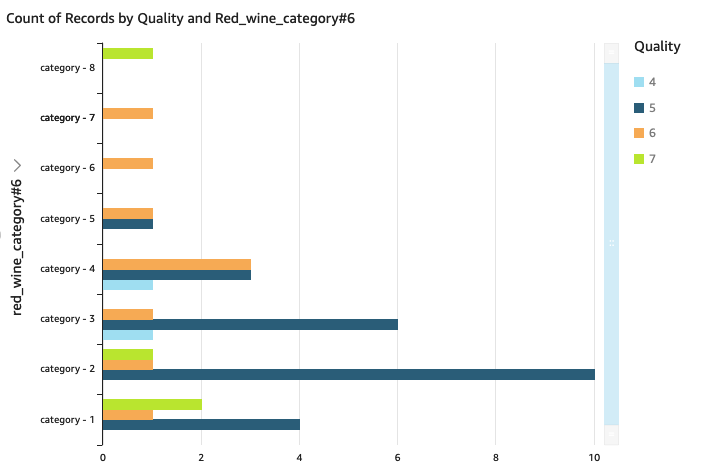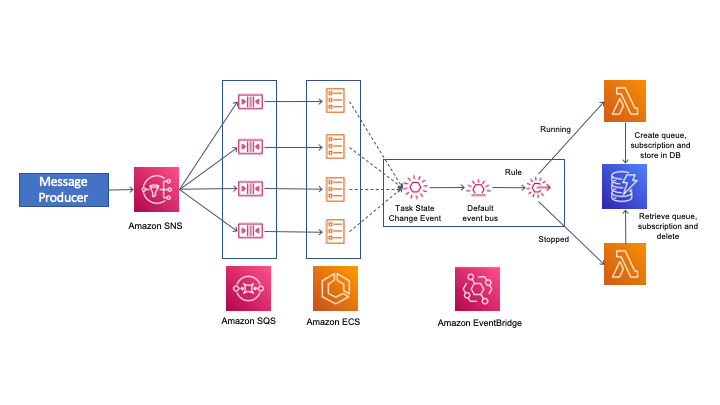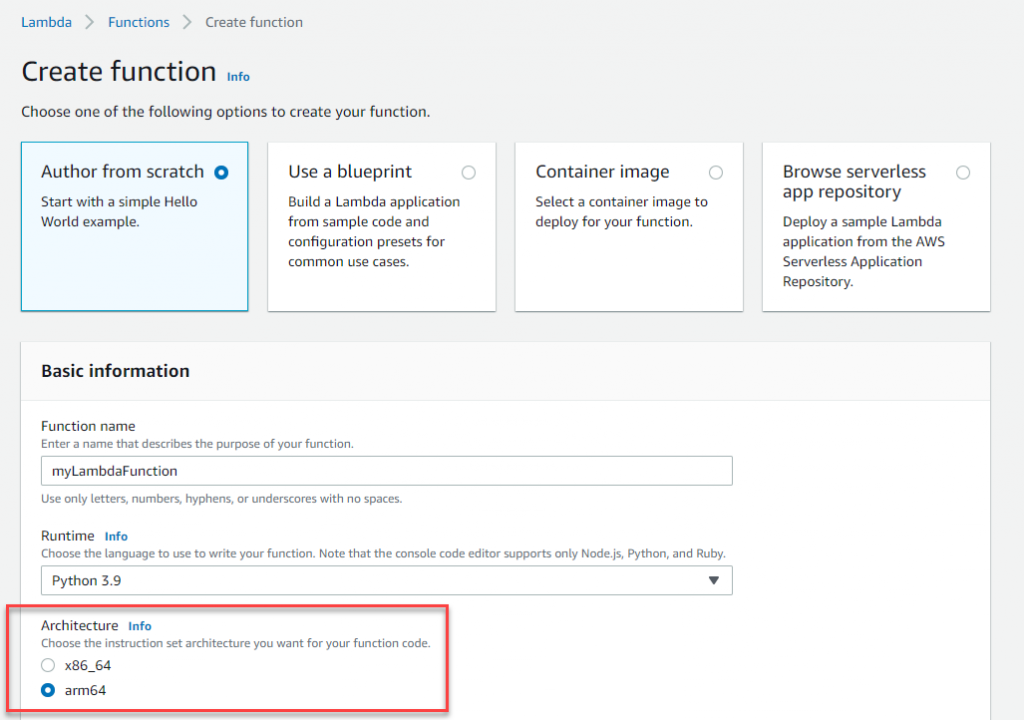Post Syndicated from Talia Nassi original https://aws.amazon.com/blogs/compute/getting-started-with-event-driven-architecture/
In modern application development, event-driven architecture is becoming more prominent because it can make building applications in the cloud easier. Event-driven architecture can allow you to decouple your services, which increases developer velocity, and can make it easier for you to debug applications. It also can help remove the bottleneck that occurs when features expand across different teams, which allows teams to progress more independently.
One way to think about how an application works is as a system that reacts to events from other places, like from within your application. In this approach, you focus on the system’s interaction with its surroundings as a transmission of events. The application receives and creates events. Inputs to the application and outputs from the application act as events. At its core, this is event-driven architecture.
API-driven architecture vs. event-driven architecture
| Commands/APIs | Events |
| Synchronous | Asynchronous |
|
Has an intent Directed to a target |
It’s a fact Happened in the past |
|
“CreateAccount” “AddProduct” |
“AccountCreated” “ProductAdded” |
A common way of making components of an application work together is through an API-driven, request-response architecture where you have requests and responses. For example, you query a list of orders from an Orders API, and the Orders API responds with a list of orders. This is an example of synchronous architecture. The system asking for the orders waits for the response. You cannot move on until the response comes back. In this approach, you send commands that are directed to a target (for example, “place this order” or “add this record to the database”).
In a synchronous model, the client makes a request to Service A. Service A calls Service B, but then Service A waits for Service B to respond before it continues on and eventually responds to the client.
In asynchronous, event-driven architecture, there is no response path. The service surfaces the event and then immediately moves forward. The trade-off here is that there’s no direct channel for Service B to pass back information to Service A, besides confirming it received the event. But in many cases, you don’t need that explicit coupling between the request and response channels.
An event is something that happened. For example, a new account is created, or an item is dropped into an Amazon S3 bucket. Events are immutable, which means you cannot change them. Once an event happens, you cannot undo it. For example, if there is an event raised when an order is placed, there can be another event for an order being cancelled. Events can come from various places such as messaging systems or databases.
Events are JSON objects that tell you information about something that happened in your application. In event-driven architecture, events represent facts. Each component of the application raises an event whenever anything changes. Other components listen and decide what to do with it and how they would like to react.
In the event above, S3 raises the event when you put the image into an Amazon S3 bucket. The event source is an S3 bucket named sam-app-sourcebucket. The object that is put into the bucket is called “brad.jpeg”.
Request-driven applications typically use directed commands to coordinate downstream functions to complete an activity and are often tightly coupled. This makes it harder to determine when errors occur in your application. Event-driven applications create events that are observable by other services and systems. However, the event producer is unaware of which consumers, if any, are listening. Typically, these are loosely coupled.
Events are observable. Any service that is authorized can watch an event. Consider a coffee shop example where there is a barista, who makes coffee, and a pastry chef, who makes pastries. When a customer enters the coffee shop and orders a cup of coffee, the barista starts to make the coffee, and the pastry chef takes no action.
However, if a customer comes in to the coffee shop and orders a chocolate croissant, then the pastry chef starts making the chocolate croissant, and the barista takes no action. The pastry chef is only interested in orders relating to pastries and the barista is only interested in events relating to coffee.
In an ecommerce application, like Amazon.com, there are different departments that respond to different events. You can place orders through Whole Foods, Amazon Fresh, and Amazon.com. When you place an order with Amazon Fresh, the subscribers to that event take action and fulfill your order.
Event-driven architecture and command-driven architecture also differ in the ways that they store state. In a typical command-driven architecture, you have only one component store a particular piece of data, and other components ask that component for the data when needed.
In event-driven architecture, every component stores all the data it needs and listens to update events for that data. In command-driven architecture, the component that stores the data is responsible for updating it. In event-driven architecture, all it has to do is ensure new events are raised on the updates.
Benefits of using event-driven architecture
Decoupling event sources and event targets
Many applications are built in a monolith, where the components are tightly coupled, and are highly dependent on each other. This proves to be problematic when there are bugs and you are trying to pinpoint exactly what part of the application is failing. Decoupled architectures are composed of components or services that are loosely coupled. In an event-driven, decoupled architecture, you broadcast events without caring who responds to them. This saves time because events can be queued and forwarded whenever the receiver is ready to process them. This allows for building scalable, highly modifiable systems.
Decoupled applications enable teams to act more independently, which increases their velocity. For example, with an API-based integration, if my team wants to know about some change that happened in another team’s microservice, I have to ask that team to make an API call to my service. That means I have to deal with authentication, coordination with the other team over the structure of the API call, etc. This causes back and forth between teams, which slows down development time. With an event-driven application, you can subscribe to events sent from a microservice and the event router (for example, Amazon EventBridge) takes care of routing the event and handling authentication.
Decoupled applications also allow you to build new features faster. Adding new features or extending existing ones is simpler with event-driven architectures. This is because you only have to choose the event you need to trigger your new feature, and subscribe to it. There’s no need to modify any of your existing services to add new functionality.
Write less code
When you build applications using event-driven architecture, often you write less code because you only need to consider new events, as well as which service is subscribed to those events. For example, if you are building new features for your application, all you have to do is consider the existing events and then add senders and receivers as necessary. In this way, you speed up development time because each functional unit is smaller and there is often less code.
Better extensibility
In the example above, you built a highly extensible application. Other teams can extend features and add functionality without impacting other microservices. By publishing events using EventBridge, this application integrates with existing systems, but also enables any future application to integrate as an event consumer. Producers of events have no knowledge of event consumers, which can help simplify the microservice logic.
Enhancing team collaboration
A common process to build applications is to work with your product managers and business stakeholders to gather requirements. Developers then translate those requirements into code. However, there may be a disconnect between the product requirements and the code. When you use events, everyone in the business understands the logic. You define the events in an application (for example, a customer adds an item to their shopping cart or a customer account is created) and that becomes your product requirements. Whenever that action happens, it produces an event, and whoever is interested can take action on that event.
For example, a marketing manager could be interested whenever a customer creates a new account. One way to choreograph this in event-driven architecture is to have a Marketing event bus that listens for the New Account event. There could also be other teams that are interested, such as the Analytics team, who also subscribe to that event. Each team/service can subscribe to events that are relevant to them. Event-driven architecture is a great way for businesses to describe their business problems and represent them.
Conclusion
This post introduces events, and then compares event-driven architecture to command-driven, request-response architecture. It also explains the benefits of event-driven architecture, including decoupling event sources and targets, writing less code, having better extensibility, and enhancing team collaboration.
For more serverless learning resources, visit Serverless Land.
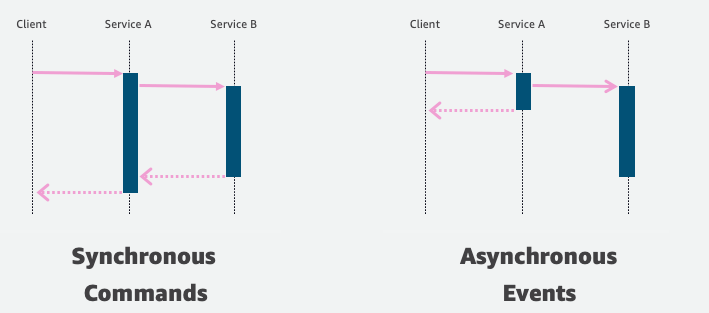



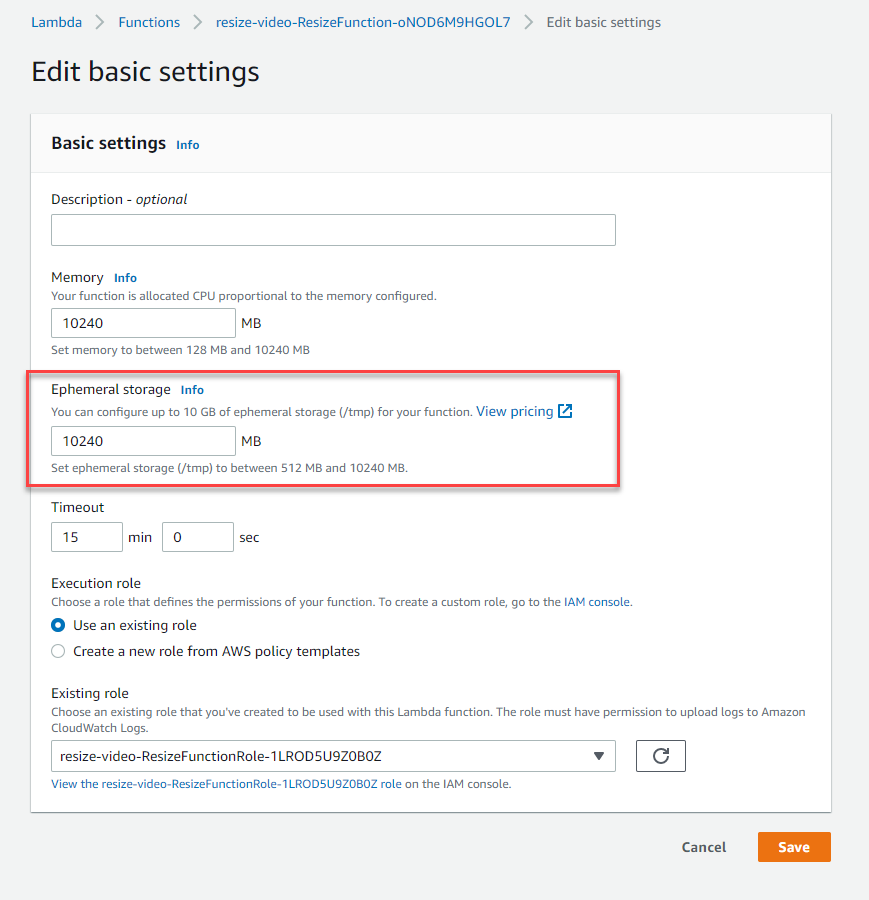

















 Anand Shah is a Big Data Prototyping Solution Architect at AWS. He works with AWS customers and their engineering teams to build prototypes using AWS analytics services and purpose-built databases. Anand helps customers solve the most challenging problems using the art of the possible technology. He enjoys beaches in his leisure time.
Anand Shah is a Big Data Prototyping Solution Architect at AWS. He works with AWS customers and their engineering teams to build prototypes using AWS analytics services and purpose-built databases. Anand helps customers solve the most challenging problems using the art of the possible technology. He enjoys beaches in his leisure time.




































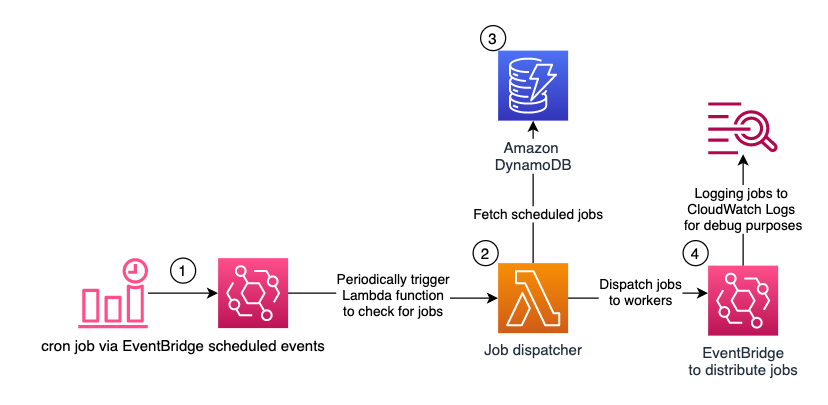













 Then I define a pattern that matches the bucket and the events of interest:
Then I define a pattern that matches the bucket and the events of interest: One pattern can match one or more buckets and one or more events; the following events are supported:
One pattern can match one or more buckets and one or more events; the following events are supported: